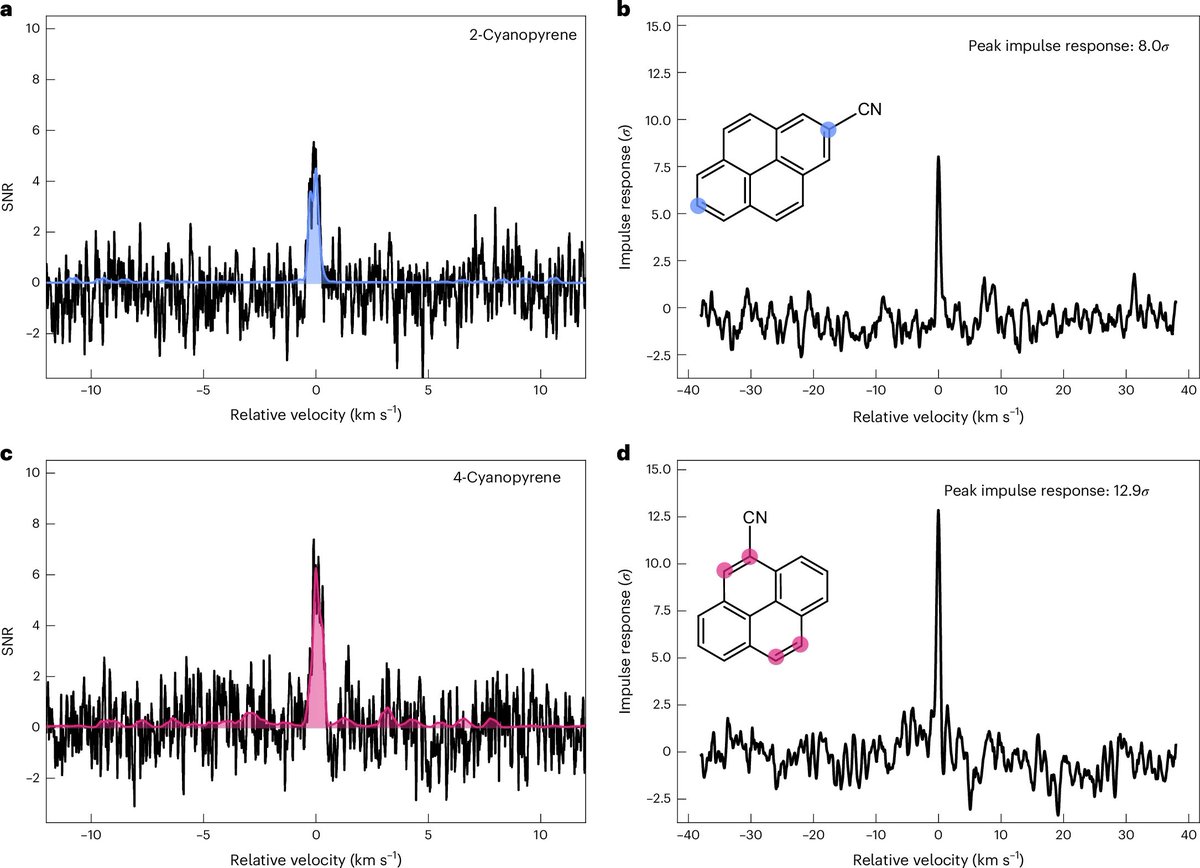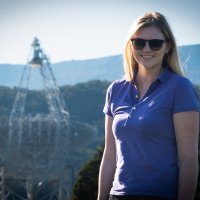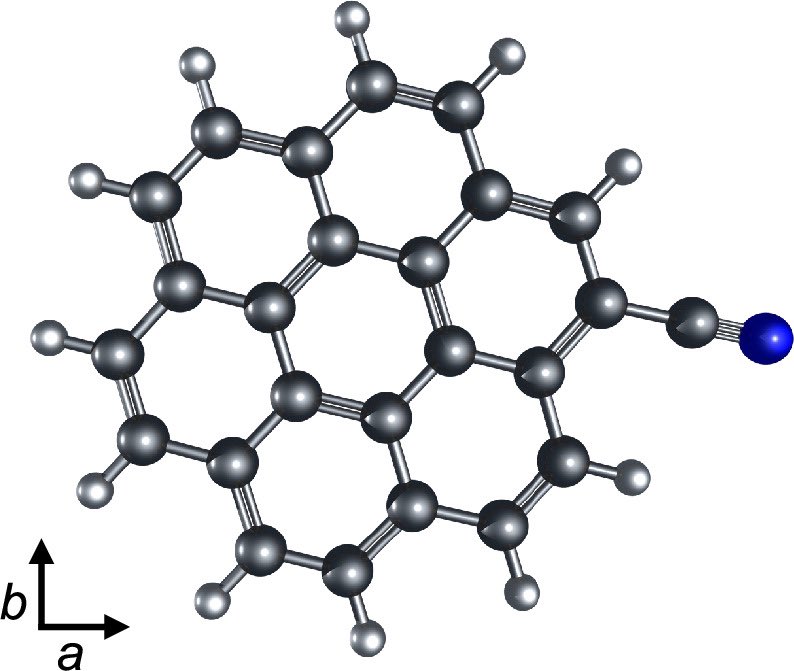
Ilsa Cooke
@ilsastellar
Astrochemist & physical chemist from downunderer ❄️💫 | Asst. Prof @UBCChem 🇨🇦 | @astrolabIPR 🇫🇷 | PhD @UVA 🇺🇲 | BSc @otago 🇳🇿 | she/her 📚🚴♀️🌲
ID: 82791971
16-10-2009 03:55:32
1,1K Tweet
1,1K Followers
1,1K Following



.Gabi Wenzel et al. detect the radio signatures of two forms of cyanopyrene, a small molecular sheet of carbon, in a cold interstellar cloud known for its rich chemistry. Their findings shed light on the origin and fate of carbon matter in interstellar space: nature.com/articles/s4155…


We detected all three cyanopyrene isomers in the cold dark cloud TMC-1. Their observed abundance ratio of ~2:1:2 reflects the available carbon sites for CN addition to pyrene. 👀 We discuss this further in our recent article appearing in Nature Astronomy today. ✨ #astrochemistry





Dr. 410 is presenting at UBC Chemistry today, "The Molecular Building Blocks of Planets (& Other Star Stuff)." Thanks to Ilsa Cooke for the invitation! It's a beautiful place and a beautiful day to be on the Pacific Coast!

NEW from #AAS246: Largest Aromatic Molecule Found in Deep Space Discovery (using GBT data!) of seven-ring cyanocoronene in a star-forming cloud challenges assumptions about the abundance and formation of complex organic molecules in the universe. greenbankobservatory.org/front-page-new…



